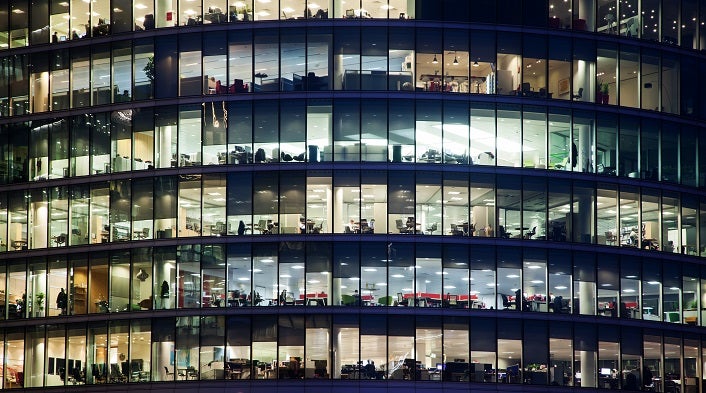How do you get someone to commute into the office when they can just work from home? It’s a question that has become increasingly common since the pandemic, as remote work has turned into a long term reality.
And I get it. Working from home offers convenience, comfort, and flexibility to do day-to-day chores and errands.
But, as appealing as that may sound, it has its drawbacks. The main reason why people commute to communal spaces to work is the connections they make; those work communities that foster creativity, innovation and, above all, progress. Many jobs don’t just benefit from these shared connections, they deeply rely on it.
This is what workspace providers need to keep front of mind when designing spaces. It’s not a case of throwing a few desks together and it starts the minute they walk through the door.
Spaces need to inspire creativity, collaboration, and community. From dedicated on-site support teams, right through to the curated events programmes that facilitate and create new opportunities, every decision is tactical with the goal of creating connections – all of which creates new opportunities that would not have materialised when working from home.
The goal is simple: create environments that make people WANT to come into the office.
Fostering meaningful connections
For me, some the most meaningful moments of my days are the five minutes before or after a meeting, the chance encounter with a member who is working on something that is so relevant to what we’re building, or the ‘let’s grab a coffee’ chat with a colleague that just happens because we’re in the right place at the right time. This is where businesses are built and refined, not just in front of a laptop.
One of the most important aspects missing from remote work is this opportunity for spontaneous, meaningful connections between people – those moments where we work together to take a spark of an idea and develop it to its full potential. Whilst working from home can offer independence, it often isolates people from the organic conversations and casual interactions that make work more productive.
A climbing wall at reception might just seem like a quirky addition, but it serves a much larger purpose. It’s an activity that helps trigger the problem-solving part of your brain and gets people who may not have spoken otherwise to come up with solutions together.
These informal interactions may not seem like much, but they are exactly what strengthens a community, helping people flourish in the company of others and wanting to return to the office each day.
Collaboration
Everyone has heard the phrase ‘two heads are better than one and flexible workspaces are uniquely suited to make connecting with others second-nature.
The magic of the environment is that it brings together people from diverse backgrounds – creatives, entrepreneurs, techies, corporate workers – all under one roof. The result? An atmosphere that encourages the sharing of ideas.
For example, a podcast studio in a creative workspace is not just for podcasters; it’s for anyone who wants to experiment with audio, storytelling, or communication. People from different industries that may have never met could now collaborate on podcasts and video series. These kinds of partnerships would never have been possible if they were working from home.
Open layouts, communal areas, and collaborative workstations create an environment where people feel comfortable exchanging ideas and working together. Workspaces should be adaptable; there should be quiet areas for focused work, but also open areas for discussion and brainstorming. This range of options really gives people a reason to ditch working remotely, whilst still offering them opportunities to engage with others when they’re ready to do so.
Meeting people’s needs in a work-from-home era
The rise of remote work has shown everyone that flexibility is important. People want to have control over how and where they work. Some days, they may want the quiet of their home office; on others, they may crave more energy and social interaction that only a workspace can provide.
It is paramount to offer a mix of environments in any office space: quiet areas for focused work, open lounges for socialisation. The aim is to provide an appealing alternative to home working, helping people to find the right balance and creating environments that allow people to be productive, creative, and connected in ways that they might not be able to at home.
The future of workspaces
Whilst the pandemic has reshaped how we think about work, it has also enhanced the desire for human connection and a sense of community. Whether through a climbing wall, an event space, podcast studio, a cafe, or a Peloton studio – these features are part of an intentional effort to create spaces that people will want to commute in for.
After all, when people are given the space that will allow them to create meaningful connections, drive forward their businesses and their careers and where they actually enjoy being, the commute becomes something well worth making.
Having launched Headspace Group in 2012 before successfully exiting in 2017, Jonny has over a decade of commercial and flexible real estate experience.




